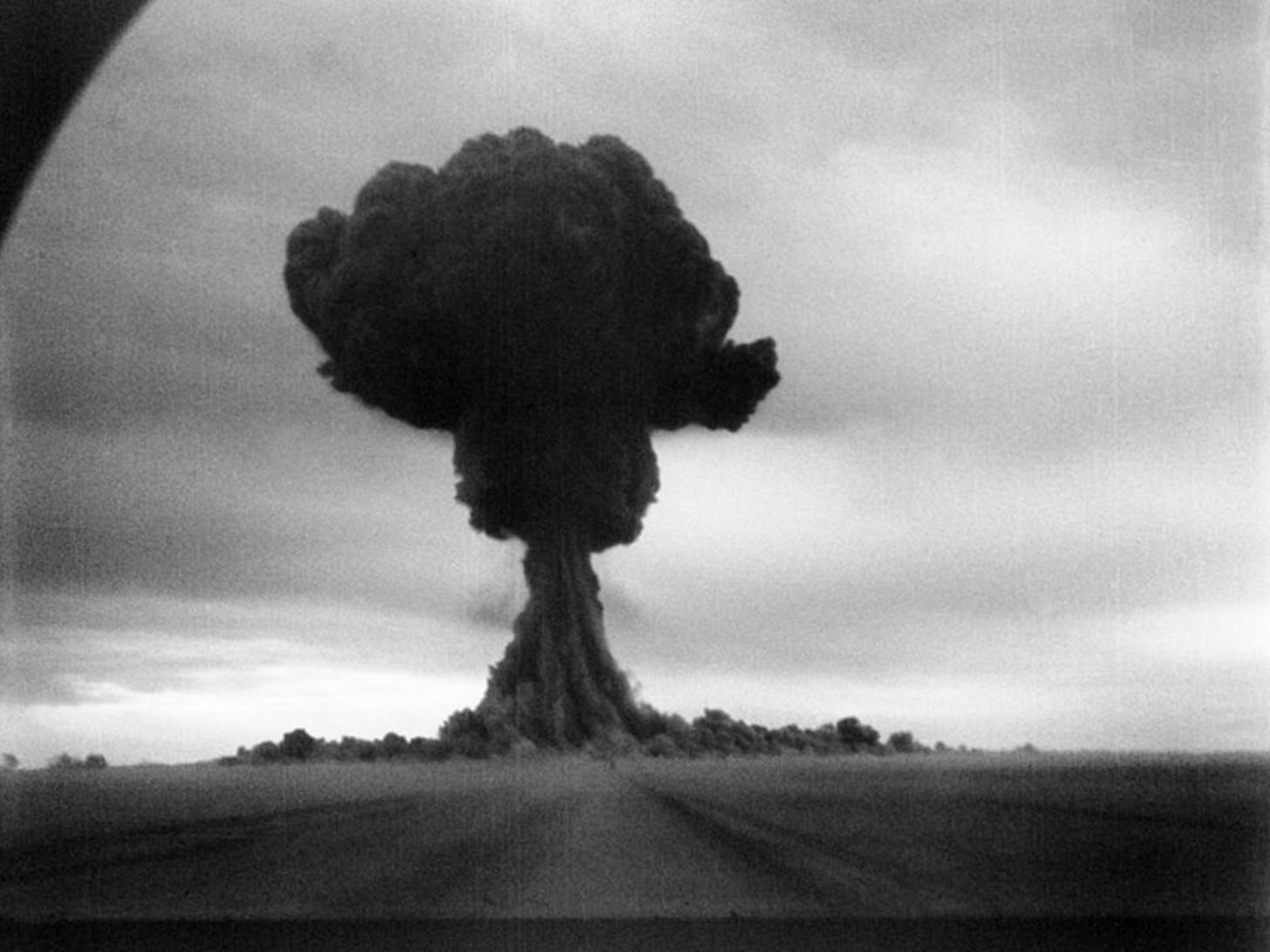A New Start After New START
Preparing for a world with two nuclear rivals and no nuclear treaties.

THE NEW START TREATY WILL EXPIRE in January 2026. When it does, the United States will, for the first time, face a world in which it has two nuclear-peer adversaries without any operative treaties limiting their nuclear arsenals.
New START helped get us to this point. Conceived in the heady days of Barack Obama’s first term as a part of his crusade for a world without nuclear weapons, it was falsely advertised as imposing deeper cuts than any previous treaty—despite the fact that its counting rules allowed for more weapons than the 2002 Strategic Offensive Reductions Treaty. The treaty contained a number of flaws. It accepted limitations on missile defense and (potentially) conventional prompt global strike systems without any corresponding concessions from Russia; it ignored Russia’s large advantage in theater nuclear weapons; and its verification provisions were weaker than late-Cold War-era treaties. It was arguably no longer fit for purpose in 2021 when the Biden administration extended it for five years. As we argued at the time, the Biden team would have been well served by seeking a more limited treaty extension with additional roll-overs contingent on good faith negotiations with Russia and with China added to the process. But New START is obsolete in a world in which the United States faces two nuclear-peer adversaries. The treaty’s demise represents the end of the so-called “golden age” of arms control—the web of post-Cold War agreements concluded with the USSR and Russia. That Golden Age may never be repeated.
The future of arms control is troubled. While American and other Western policy makers have tended to regard arms control treaties as a universal good, their Russian counterparts do not share this altruistic approach, but rather see arms control negotiations and treaties in a very transactional way: They engage only if there are American or allied weapons they seek to limit. (The Putin government also ignores the provisions of the treaties it was party to, violating each of the nine treaties it inherited or signed.) The Chinese government regards arms control with suspicion—as a ploy to reveal secret aspects of military programs it seeks to conceal and to thwart its “peaceful rise” as a global power. And while Russia and China continue to field new nuclear weapons systems (as they have been for more than a decade), the U.S. program for modernizing our own nuclear forces will not begin to deploy new systems until late in this decade—and it will continue at a crawl for several decades after that.
None of this means that arms control treaties are useless. Properly designed and adequately verified, they can augment our deterrence policies and help to provide additional stability in a dangerous world. They can be useful, but will never be sufficient, for preventing nuclear war and protecting the free world, starting with the United States. As we contemplate a post-Putin and post-Xi world, we should begin thinking now about criteria for a future accord, should geopolitical conditions improve.
The congressionally mandated Strategic Posture Commission (on which one of us served) recommended unanimously that a strategy for dealing with the novel challenge of two nuclear peers is an absolute prerequisite for determining what might be acceptable arms control limits for the period after New START’s expiration. Until we figure out what our goal is and how to achieve it, there’s no way of knowing if any given agreement with Russia and/or China is helpful or not. The sine qua non of a new deterrence strategy should be a U.S. deployed force sized appropriately to deter potential Russian and Chinese aggression simultaneously. Under no circumstance should an ideological commitment to round numbers of weapons be substituted for the size of the deterrent force we need to protect ourselves and our allies in a dangerous world. Moreover, given Russia’s record of cheating, the Department of Defense would be well advised to continue research into technologies for verification of arms control agreements that would give U.S. leaders greater confidence in any potential future arms control arrangements.
Finally, any new treaty should capture all nuclear weapons of the treaty parties, including Russia’s exotic new weapons. New START and its historical predecessors covered only designated long-range, intercontinental weapons, ignoring medium- and short-range nuclear systems. It is precisely these “theater” and “tactical” systems that Putin and Xi have used to intimidate their neighbors and which they would likely use first in a regional war. In an all-encompassing treaty, the sides would be free, under an agreed numerical ceiling, to determine the types and quantities of each element of their overall nuclear arsenal with equal rights and limits for the parties.
The prospects for arms control are dim at the moment, but the history of arms limitation over the past 60 years suggests that Americans are better at negotiating with themselves than with our adversaries, and that we are only likely to have productive negotiations when the United States has built adequate nuclear forces that our adversaries seek to constrain. To recast the ancient maxim, “If you want peace, prepare for war,” it is probably fair to say, “If you want arms control, develop the strategy and forces that underpin a robust nuclear deterrent.”





